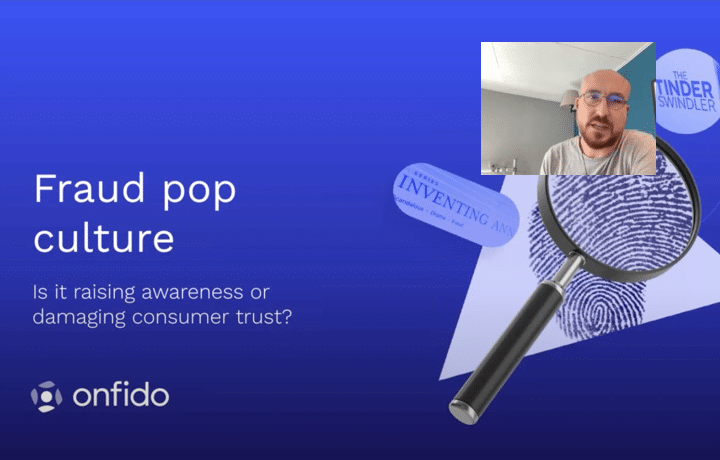
The world is moving online. And identity fraud with it.
In the current age of new technologies, it’s never been easier to move your business online. More and more companies are taking the plunge to become fully digital.
But what does this mean for you and your business? You’ll likely be familiar with many of the risks posed by identity fraud, and how to prevent fraud in a physical environment. But what you may not know is how fraud works in a digital sense, what risks are involved, and how to deal with them.
The rise of digital identity verification
First, let’s get some context. What’s the difference between physical identity verification and digital identity verification?
Before the rise of digital, your ID was a physical document. It was a card or a piece of paper that you physically carried. ID verification was carried out face to face, and still is in some circumstances.
Physical identity checks can involve using infrared lights to assess security features on documents, feeling the texture, and checking the photo isn’t stuck on. Your business may use some of these checks, and understand how to identify fraud in these instances.
But now more than ever, we’re living in a digital society and your business will need to verify customers’ identities remotely. This often means using a 2D image of an original document. You might also have to manage this on a global scale, and on top of this, much of your customers’ personal information will be stored online.
This is where a problem arises. Identity documents were created to be verified in 3D environments. But what’s the solution when this environment is becoming obsolete?
Introducing the ‘digital fraudster’
The move from physical checks to remote digital identity checks has created a wealth of new opportunities for the fraudster. The web has made digital image tampering tools widely available. It’s now easier for the digital fraudster to share techniques, and to use these techniques on a larger scale.
More sophisticated types of remote identity fraud are on the rise, from account takeovers to new account fraud. If your business is making the move to digital, you face the risk of repeat and ever-changing attacks from remote fraudsters.
We’ve also seen a huge rise in online services. It means more customer data than ever is stored in the digital sphere. With that comes a rise in breaches and misuse. Personally identifiable information stored online can now be accessed by the digital fraudster. You have to assume that what your customers know, fraudsters could know too.
Identity has changed—so should the way we tackle identity fraud
$5 trillion - the cost of fraud on the global economy each year
Remote identity fraud is a lucrative business, and one that’s hard to catch and prevent. Traditional verification methods, which your business may still rely on, are no longer fit for purpose. Physical ID verification alone cannot compete with the scale and sophistication of remote identity fraud.
To combat the risks that your business faces from digital identity fraud, it’s important to understand how digital fraudsters operate. To identify the trends and patterns behind their activity.
The digital world may have created new risks, but it can also be used to your advantage. The better your business understands digital fraud, the better equipped you’ll be to deal with it.
Our experts in online identity verification see millions of documents every year. Their knowledge has helped to put together a unique insight into digital identity fraud and the trends we’re seeing.






